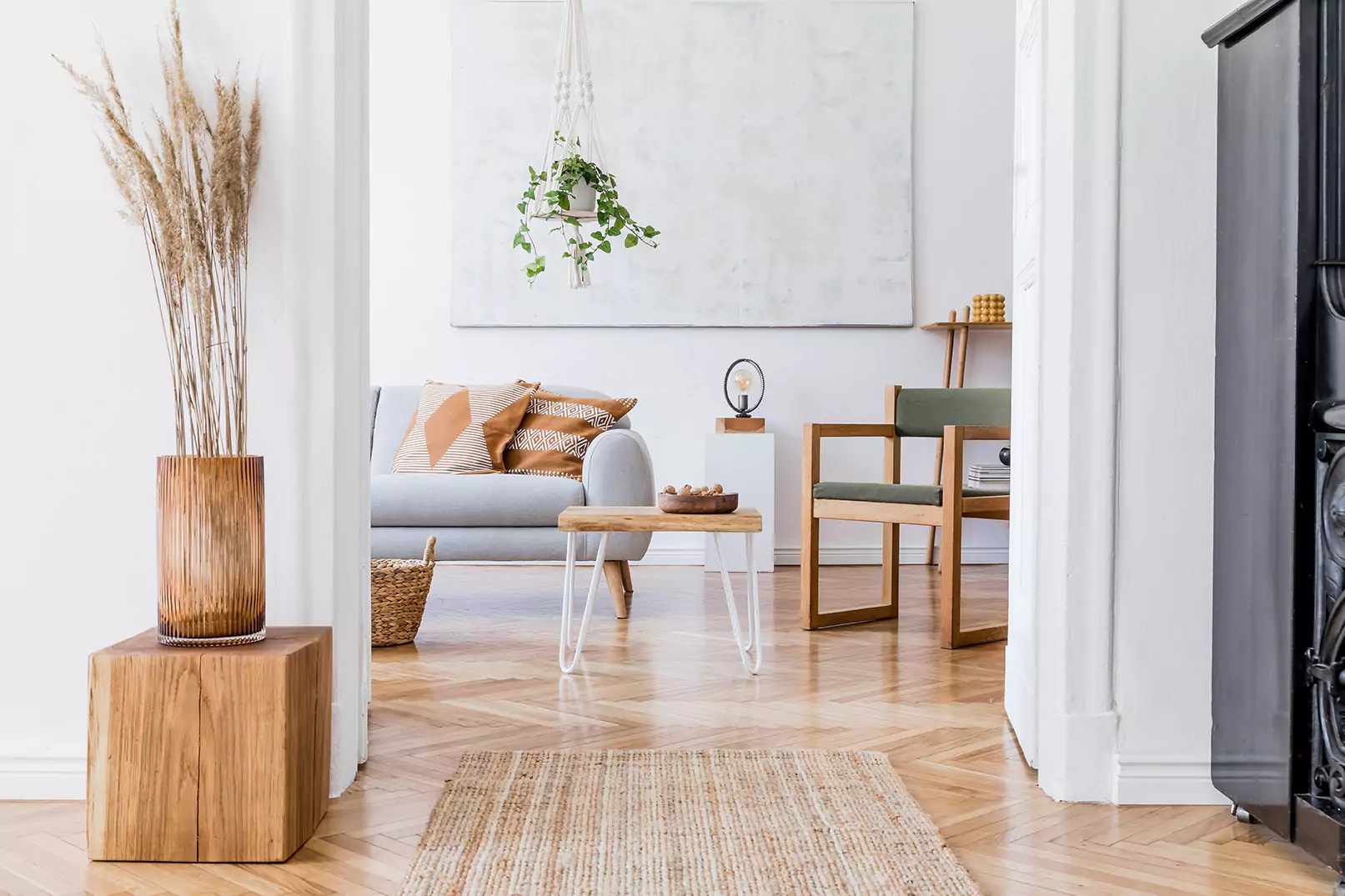As top San Francisco luxury real estate experts, we’ve seen a large number of properties bought and sold. We’ve also seen a lot of questionable architecture and dubious design choices on the market, and properties like those can come with complications.
Though designing and building your own home can be exciting, creatively rewarding, and often financially responsible, there are a few factors to be aware of. Building or renovating a house is significantly more work than buying an existing piece of San Francisco luxury real estate. With so many different factors (does your zoning permit allow for a room above the garage?) and so many design options, there can be a great deal of pitfalls.
Protect your home’s long-term value by avoiding these five common errors, and build a house that will be both a dependable home and a stable long-term investment.
Storage space is easy to overlook. When done right, it’s practically invisible. But storage space represents a key bit of infrastructure for your home. Everyone owns items that they rarely use, but which they couldn’t do without. Winter coats, for example, or sporting equipment; extra bedding for the guest room, or even cleaning supplies. These items need to be kept somewhere and, ideally, somewhere out of sight.
Aim to maximize potential closet space, or allow for cabinets and shelving in inconspicuous places. Don’t fail to utilize dead space, like underneath stairwells. If you’re trying to maximize open spaces, consider embedding storage into benches or recessed alcoves in the corners between supporting walls.
Anything worth doing is worth doing right, and that includes new home construction. Even if you're operating on a budget, don’t cut corners on quality. The materials you choose can have a huge impact on your home's overall value.
When it comes to flooring, carpet is outdated, so invest in hardwoods or stone tiles. Spend a little extra on bathroom fixtures banisters or chandeliers. It’s often less about practical value than perceived value when it comes to market value.
An energy-efficient home design is a different kind of investment. It’s eco-friendly, for a start, and it’s better for your own bottom line.
Energy-efficient home designs will tend to use green-sourced materials, well-sealed, double-paned windows, thick insulation, and conscious use of natural light and airflow. The position of windows or the orientation of the house might be enough to obsolete an air conditioner.
An efficiently designed home will keep heating and cooling costs down and will have a higher market value, long-term.
Design for your current needs, but don’t forget to plan ahead. Might you start a family? Were you to take up a hobby, like woodworking, would you have the space to build a shop? Will your book collection continue to grow? Whatever the future holds, work with your builder to fashion a dream home that will grow with you, to support your evolving needs.
Keeping up with the Joneses went out of style thirty years ago. No one else but you and your family knows what you need most in your new home, so make choices, upgrades, and expenses according to your own needs and preferences. If you want three bathrooms, and a shower in every one, that’s to fit your patterns and routines. If you want a bigger kitchen or a dividing wall between the dining room and living room, make it happen.
In the end, building your ideal home is about identifying both what you want and what you don't want. Choose wisely so your new abode will be comfortable, efficient, and attractive to future buyers.
Do you or a friend have a question about the San Francisco Luxury real estate market or your personal situation? At Danielle Lazier and Associates, with COMPASS San Francisco, we love our clients — past, present, and future — and are here to help. Contact us with any questions!
